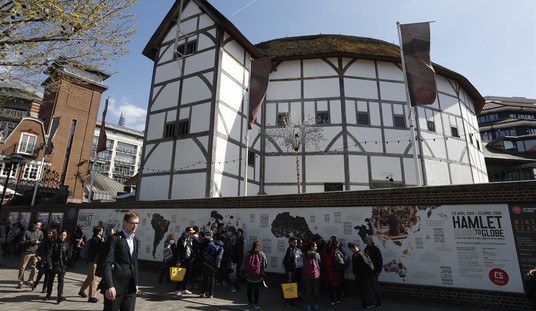So much for the mantra of keeping your health care plan if you like it, which the president espoused in 2009-’10 when he was selling his massive federal power grab to the American people. Now, it seems the Obama administration knew that millions were going to lose their coverage as a result of the new health care law. Lisa Meyers and Hannah Rappleye reported for NBC News today that:
Four sources deeply involved in the Affordable Care Act tell NBC NEWS that 50 to 75 percent of the 14 million consumers who buy their insurance individually can expect to receive a “cancellation” letter or the equivalent over the next year because their existing policies don’t meet the standards mandated by the new health care law. One expert predicts that number could reach as high as 80 percent. And all say that many of those forced to buy pricier new policies will experience “sticker shock.”
None of this should come as a shock to the Obama administration. The law states that policies in effect as of March 23, 2010 will be “grandfathered,” meaning consumers can keep those policies even though they don’t meet requirements of the new health care law. But the Department of Health and Human Services then wrote regulations that narrowed that provision, by saying that if any part of a policy was significantly changed since that date — the deductible, co-pay, or benefits, for example — the policy would not be grandfathered.
Buried in Obamacare regulations from July 2010 is an estimate that because of normal turnover in the individual insurance market, “40 to 67 percent” of customers will not be able to keep their policy. And because many policies will have been changed since the key date, “the percentage of individual market policies losing grandfather status in a given year exceeds the 40 to 67 percent range.”
That means the administration knew that more than 40 to 67 percent of those in the individual market would not be able to keep their plans, even if they liked them.
Concerning enrollment, that’s still a disaster. Enroll Alaska announced that they were suspending operations to get fellow Alaskans into the exchanges since the software used to calculate subsidies is inaccurate.
As the Peninsula Clarion reports, Enroll Alaska has been able to enroll a grand total of only three people since the launch of the health-insurance marketplaces on October 1. It has now given up entirely on that goal, at least until Healthcare.gov, the federal health-care exchange, gives Alaskans accurate figures on the subsidies they’re eligible for.
According to Enroll Alaska, the exchange is telling people that they’re eligible for a subsidy $100 less than what they actually qualify for. Spokeswoman Tyann Boling said that Enroll Alaska discovered the issue after comparing manual calculations with those generated by the website.
Alaska isn’t the only state to have difficulties with a subsidy calculator. Washington’s state-run health-care exchange, Washington Healthplanfinder,overestimated subsidies for approximately 8,000 people.
Then again, it’s not like we didn’t see this coming. Forbes’ Avik Roy and the Wall Street Journal reported last September that:
[T]he exchange software, for which the government has spent upwards of $88 million, still can’t correctly calculate the amount of subsidies that an individual applicant is eligible for. “There’s a blanket acknowledgment that rates are being calculated incorrectly,” one senior insurance executive told the WSJ. “Our tech and operations people are very concerned about the problems they’re seeing and the potential of them to stick around.”
Technological glitches and millions losing their health insurance; behold Washington efficiency.









Join the conversation as a VIP Member